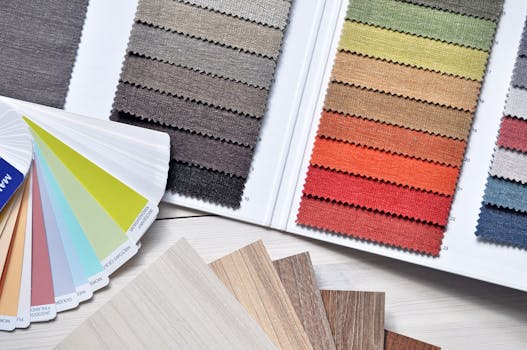Wedding Dress Materials and Textures: Lace, Silk, Tulle
Choosing the perfect wedding dress is one of the most significant decisions a bride will make in her wedding planning journey. Among the myriad of choices available, the materials and textures of the dress play a crucial role in defining its overall look and feel. This article delves into three popular wedding dress materials: lace, silk, and tulle, exploring their unique characteristics, advantages, and how they can influence the style of a wedding gown.
The Allure of Lace
Lace has been a timeless choice for wedding dresses, often associated with romance and elegance. This intricate fabric is made by weaving threads into delicate patterns, resulting in a texture that is both beautiful and sophisticated.
Types of Lace
There are several types of lace commonly used in wedding dresses, each offering a distinct aesthetic:
- Chantilly Lace: Known for its fine, floral patterns and soft drape, Chantilly lace is often used for overlays and sleeves.
- Alençon Lace: This French lace features a heavier texture with a raised design, making it ideal for more structured gowns.
- Venise Lace: Characterized by its bold, embroidered patterns, Venise lace is often used for embellishments and accents.
According to a survey by The Knot, approximately 30% of brides choose lace as a primary fabric for their wedding dress, highlighting its enduring popularity.
Advantages of Lace
Lace offers several benefits that make it a favored choice among brides:
- Timeless Elegance: Lace exudes a classic charm that never goes out of style.
- Versatility: It can be used in various ways, from full gowns to delicate accents.
- Texture and Dimension: Lace adds depth and interest to a dress, enhancing its visual appeal.
The Luxury of Silk
Silk is synonymous with luxury and sophistication. This natural fiber is known for its smooth texture and lustrous finish, making it a popular choice for high-end wedding gowns.
Characteristics of Silk
Silk comes in various types, each offering unique qualities:
- Charmeuse: A lightweight silk with a beautiful drape, perfect for flowing silhouettes.
- Silk Mikado: A blend of silk and nylon, this fabric is heavier and provides structure while maintaining a luxurious feel.
- Silk Satin: Known for its glossy surface, silk satin is often used for more formal and glamorous gowns.
Statistics show that silk wedding dresses can range from $1,000 to over $10,000, depending on the designer and intricacy of the gown, reflecting the material’s premium status.
Benefits of Silk
Choosing silk for a wedding dress comes with numerous advantages:
- Comfort: Silk is breathable and feels soft against the skin, making it comfortable for all-day wear.
- Elegant Draping: The natural weight of silk allows for beautiful draping, enhancing the gown’s silhouette.
- Timeless Appeal: Silk has a classic elegance that complements various wedding themes, from traditional to modern.
The Whimsy of Tulle
Tulle is a lightweight, sheer fabric that adds a whimsical touch to wedding dresses. Often used for skirts and veils, tulle can create a dreamy, ethereal look.
Types of Tulle
Tulle comes in various forms, each offering different levels of stiffness and texture:
- Soft Tulle: This type drapes beautifully and is often used for flowing skirts.
- Stiff Tulle: Provides structure and volume, making it ideal for ball gowns.
- Silk Tulle: A luxurious option that combines the softness of tulle with the elegance of silk.
According to bridal fashion experts, tulle is often used in combination with other fabrics, such as lace or silk, to create layered looks that are both romantic and modern.
Advantages of Tulle
Tulle offers several benefits that make it a popular choice for brides:
- Lightweight: Tulle is incredibly light, making it comfortable to wear throughout the day.
- Volume: It can add volume to skirts without adding significant weight.
- Versatility: Tulle can be layered, gathered, or pleated to create various styles and effects.
Conclusion
When it comes to wedding dress materials, lace, silk, and tulle each offer unique qualities that can significantly influence the overall look and feel of a gown. Lace brings timeless elegance and intricate detail, silk offers luxurious comfort and beautiful draping, while tulle adds a whimsical touch and volume. Understanding the characteristics and advantages of these materials can help brides make informed decisions that align with their personal style and wedding theme. Ultimately, the right fabric can transform a wedding dress into a stunning reflection of the bride’s individuality and the love story being celebrated.
